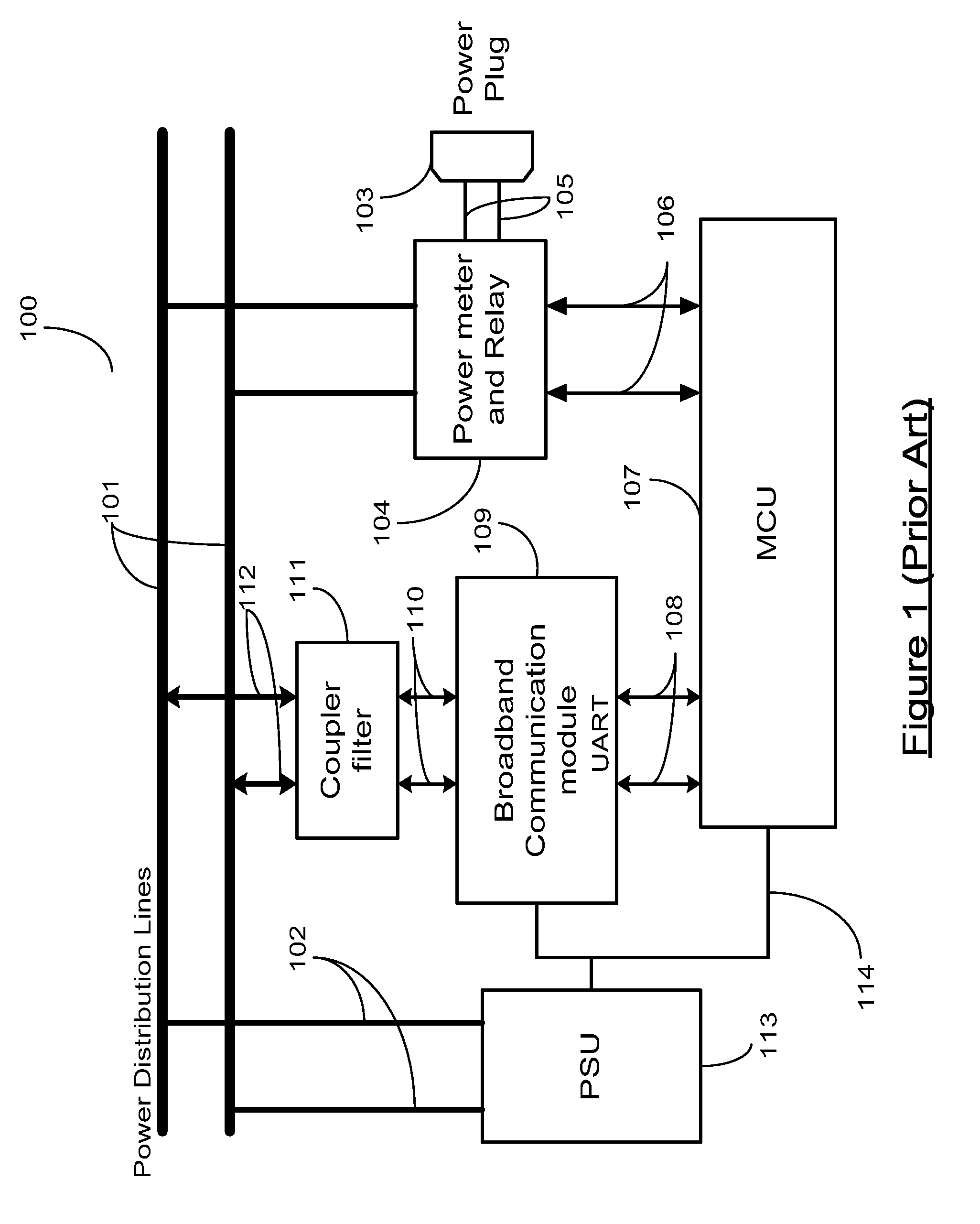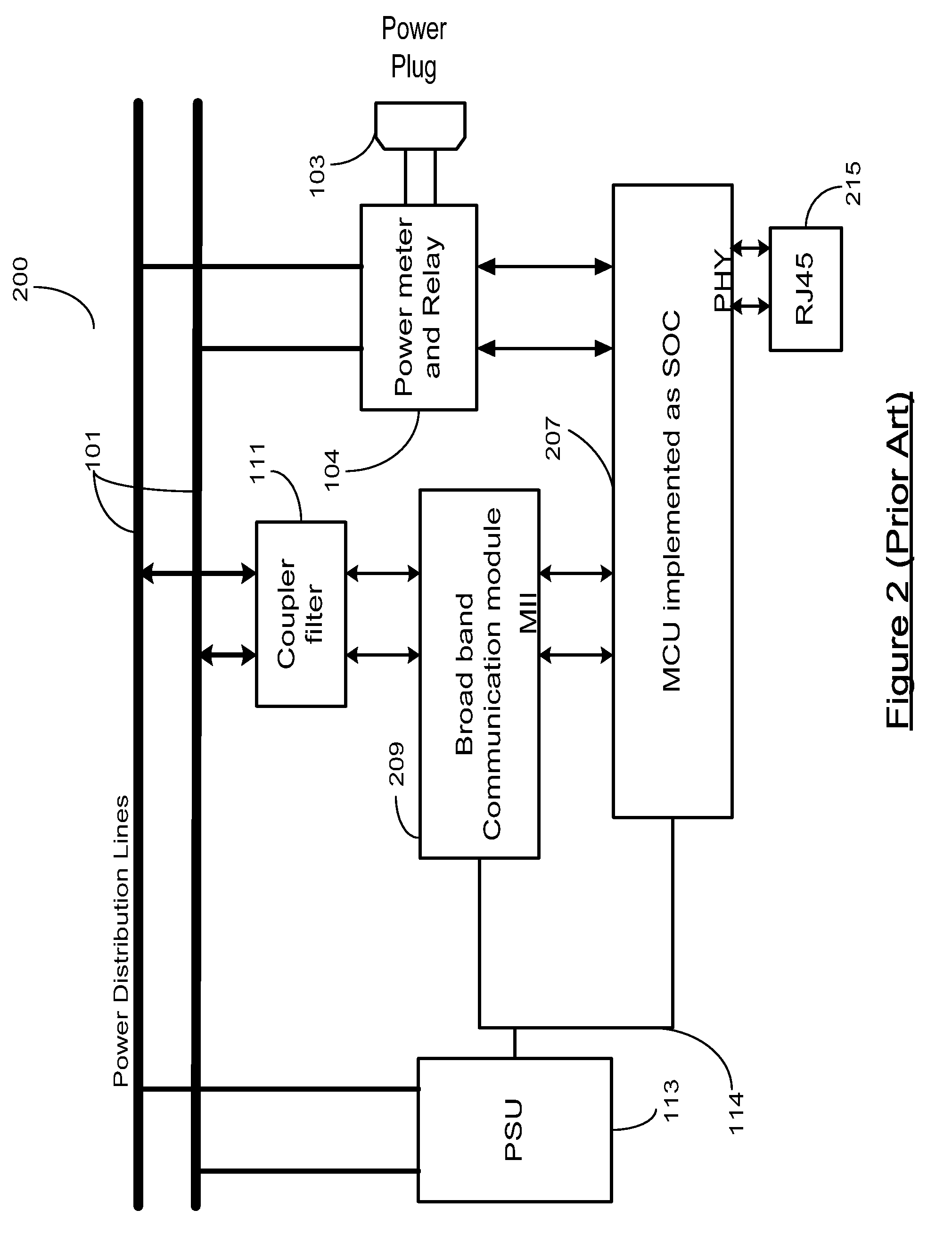Green Energy Database Including Verifiable Information for Implementing a National Level Green Energy Policy
a green energy and database technology, applied in the field of collection and compilation of data, can solve the problems of insufficient development of the power line communication infrastructure (plc) and the inability to make it a mainstream technology, and the cost of available devices is higher
- Summary
- Abstract
- Description
- Claims
- Application Information
AI Technical Summary
Benefits of technology
Problems solved by technology
Method used
Image
Examples
Embodiment Construction
[0020]An embodiment of the invention provides a green energy, smart-grid residential system that collects power use information from a plurality of connected homes by progressively integrating information that is collected from each of the individual homes via the use of a group of sensors. Such information is compiled to a usable format using distributed computers. The in-home sensors that are used to collect power usage information include an intelligent master device and one or more of a communication and power switch, a ZigBee® enabled switch, and a power control switch, each of which typically operate over a power line communication (PLC) network. The master device collects, compiles, and communicates the collected data to the Web. The information from a number of homes in a local area is consolidated using local distributed processors on the Web and provided to a main processing unit for compilation and integration with other regional inputs for use in national policy decision...
PUM
 Login to View More
Login to View More Abstract
Description
Claims
Application Information
 Login to View More
Login to View More - R&D
- Intellectual Property
- Life Sciences
- Materials
- Tech Scout
- Unparalleled Data Quality
- Higher Quality Content
- 60% Fewer Hallucinations
Browse by: Latest US Patents, China's latest patents, Technical Efficacy Thesaurus, Application Domain, Technology Topic, Popular Technical Reports.
© 2025 PatSnap. All rights reserved.Legal|Privacy policy|Modern Slavery Act Transparency Statement|Sitemap|About US| Contact US: help@patsnap.com



